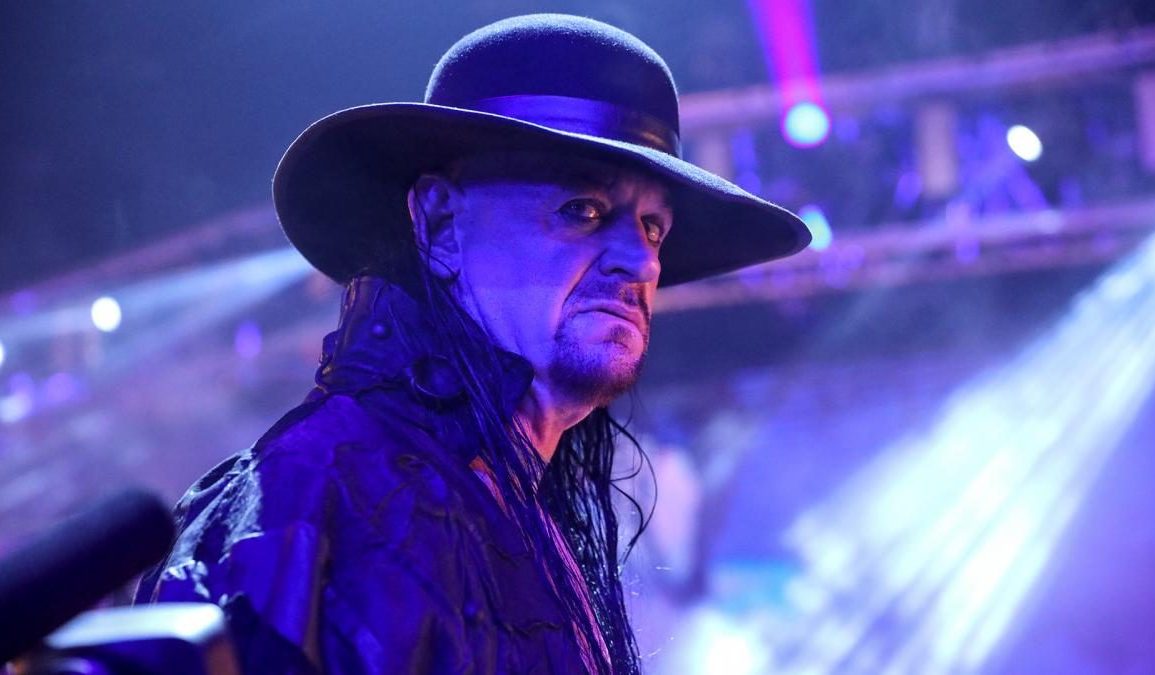Professional wrestling has always been about reinvention. WWE Superstars often adopt new personas to stay relevant, explore different sides of their characters, or refresh their careers. Some of the most famous names in WWE history have portrayed more than one gimmick, showcasing their versatility and creativity. Whether it’s a complete character overhaul or subtle shifts, these transformations have left a lasting impression on fans. Wrestlers who successfully reinvent themselves show not only their adaptability but also their deep understanding of what keeps audiences invested. Below, we highlight four legendary WWE Superstars who became iconic under multiple identities, proving that sometimes, change is the key to longevity in the squared circle.
1. Mick Foley — Mankind, Cactus Jack, and Dude Love

Mick Foley is a master of transformation, famously portraying three distinct personas in WWE: Mankind, Cactus Jack, and Dude Love. Each identity brought out a different side of Foley’s personality. Mankind, the deranged and tortured soul, was known for his brutal matches and emotional promos. Cactus Jack represented Foley’s hardcore roots, delivering some of the most violent matches in wrestling history. Meanwhile, Dude Love showcased Foley’s quirky, laid-back side, inspired by his own childhood dreams of being a smooth-talking ladies’ man. Foley’s ability to embody these vastly different characters made him one of WWE’s most beloved and unpredictable figures, proving that a single wrestler can become a multi-faceted legend.
2. Kane — From Isaac Yankem DDS to The Big Red Machine
Before terrorizing WWE as the demonic Kane, Glenn Jacobs appeared as Isaac Yankem DDS, the evil dentist aligned with Jerry Lawler. Although the Yankem character was short-lived, Jacobs’ persistence paid off when he was repackaged as Kane — the monstrous half-brother of The Undertaker. Kane’s debut at Badd Blood 1997 is still one of the most memorable moments in WWE history. As Kane, Jacobs captured multiple championships, including the WWE and World Heavyweight Titles, and became a fixture of the company for over two decades. Few wrestlers have reinvented themselves as successfully as Jacobs did, going from a bizarre gimmick to one of WWE’s most fearsome and iconic characters.
3. Chris Jericho — From Y2J to The List and Beyond

Chris Jericho has mastered the art of reinvention like no other. When he first arrived in WWE in 1999, Jericho took the world by storm with his “Y2J” persona — a brash, fast-talking heel with incredible charisma. Over the years, Jericho evolved his character countless times, keeping himself fresh and relevant. Whether it was his suit-wearing, arrogant “Best in the World” persona or the hilarious “List of Jericho” phase that gave fans countless memorable catchphrases, Jericho consistently found ways to entertain. Even outside WWE, in AEW and New Japan Pro-Wrestling, Jericho continued to showcase his ability to adapt. His ever-changing persona has helped him remain a top star for more than three decades.
4. The Undertaker — From The Deadman to The American Badass
The Undertaker is one of the most iconic figures in WWE history, and part of his enduring success lies in his ability to evolve. Debuting in 1990 as the dark, mysterious “Deadman,” Undertaker became synonymous with eerie entrances and supernatural storylines. But in 2000, he surprised everyone by switching gears to become “The American Badass” — a biker character that showcased a more human and relatable side. Riding to the ring on a motorcycle and cutting real-life promos, this version of Undertaker gave fans a new dimension of the legendary figure. Eventually, he returned to his “Deadman” roots, merging elements of both personas, proving that even legends can adapt and thrive through change.
These legendary WWE Superstars show that reinvention can not only extend a career but also create some of the most memorable moments in wrestling history. By embracing new identities, they kept fans engaged and proved that evolution is essential to greatness inside the squared circle.


